The Curriculum
OUR CURRICULUM meets or even betters the curriculum set by the Ontario Ministry of Education and Training. Our kindergarten program not only meets the policy document for kindergarten put forth by the Ministry, but the Montessori teaching method allows each child to develop and advance according to his own pace.
The Primary Areas of our Curriculum Include the following:
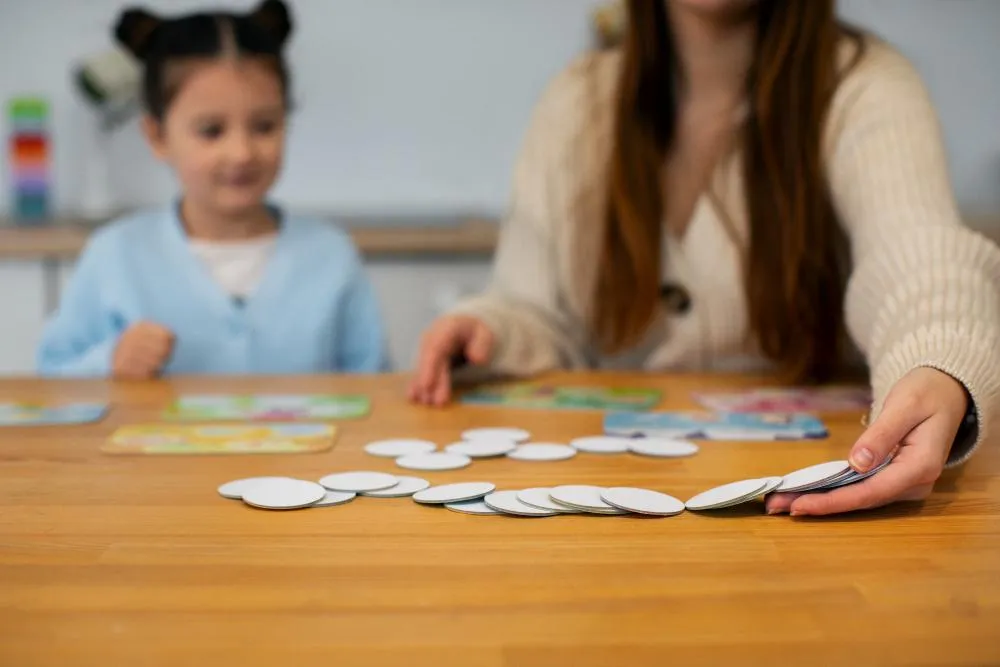
practical life
The child works to perfect him/herself through exercises of taking care of him/herself, each other and his environment. Practical Life Activities based on day to day life experiences have been designed to satisfy the child’s changing developmental needs. “Yet in point of fact, no other occupations which could be undertaken by the children of this stage (3-5) could be more important for their whole development – physical, mental, and moral than these ‘exercises of practical life’ as they are called.” Standing, E.M., Her Life & Work

The first area of Practical Life Activities is manipulative activities that involve five essential movements which assist in development of Motor Skills. These movements include; 3 finger grasp (pincer grasp), wrist rotation, wrist twisting, pouring and cutting.

The second area of Practical Life Activities are activities based on “Care of Self” These activities assist the child in developing independence.

The third area concentrates on “Care of the Environment”, and lastly the fourth area of Practical Life concentrates on Equilibrium and Grace (grace / courtesy / movement).
All of these Practical Life activities have a simple concrete understandable purpose, which allows the child to be actively involved in self-education. Motives of these activities respond to the ‘Sensitive Period’ of the child. Through these various exercises, the child develops intellectually. These exercises assist the child in developing concentration and orderly work habits, perseverance and persistence in following through an activity to its logical conclusion. They also assist in the development of the will, by providing opportunities to choose and decide and act responsibly. They help the body and minds interact when performing the task and following through a sequence of order assists in self-discipline
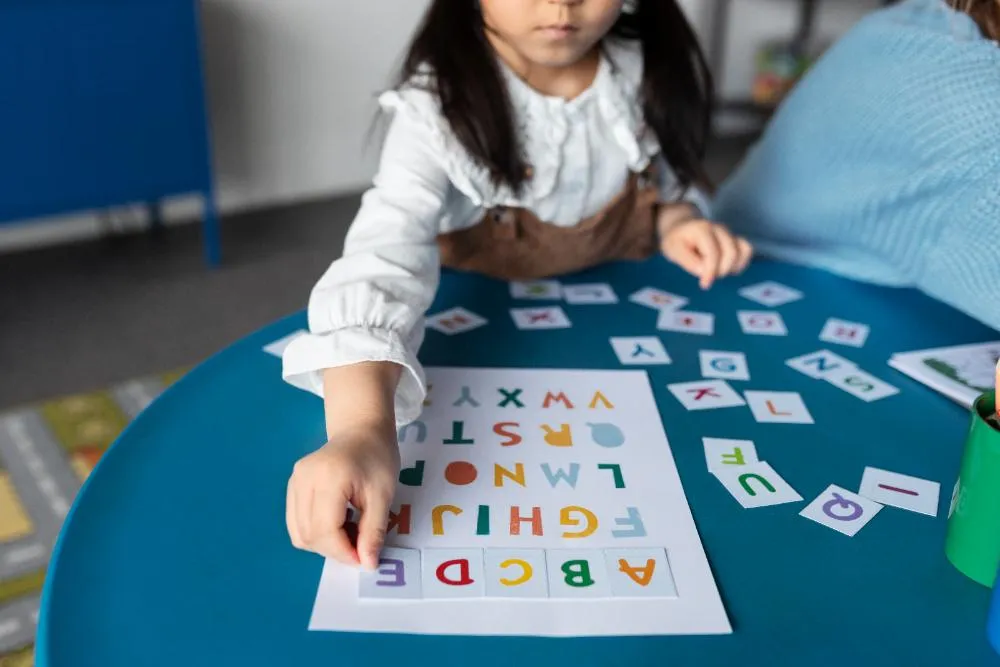
2
sensoria
The child is provided with specific opportunities for exploration, which refine the sense and also indirectly prepare the child for mathematics and language. These materials are carefully designed to isolate one attribute at a time, so that the child

ENROLL A CHILD
We provide the perfect education for your child every day


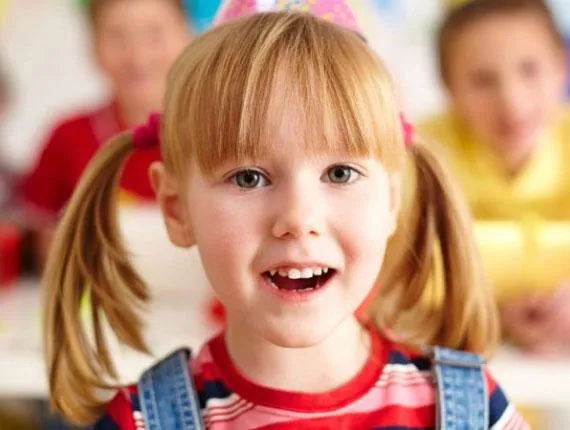
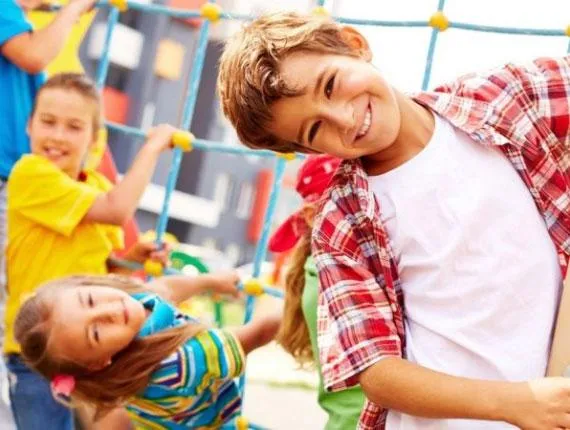

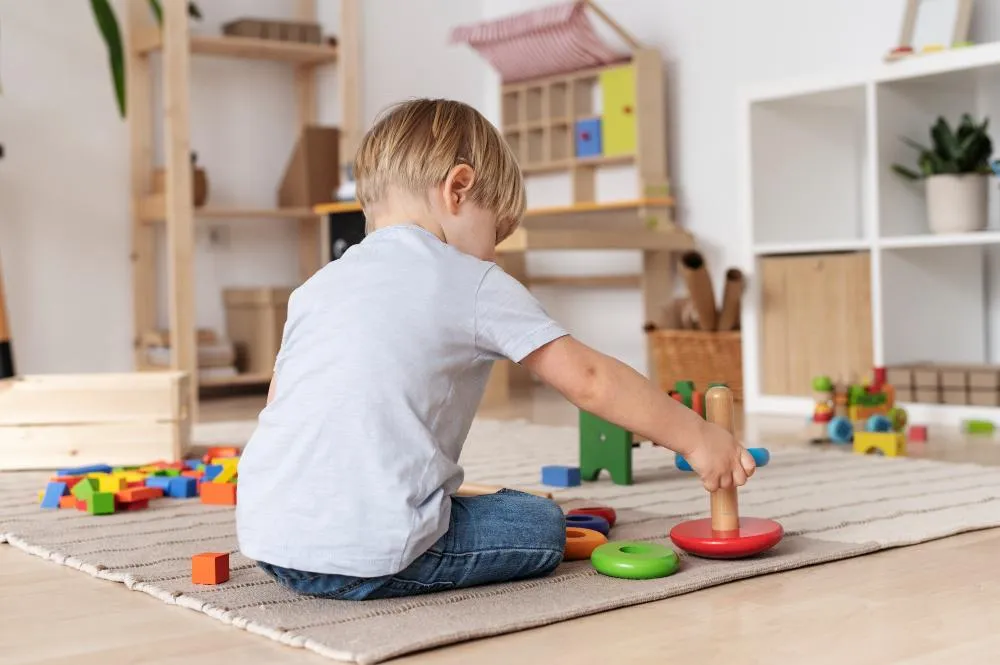
Key Factors
The child works to perfect him/herself through exercises of taking care of him/herself, each other and his environment. Practical Life Activities based on day to day life experiences have been designed to satisfy the child’s changing developmental needs. “Yet in point of fact, no other occupations which could be undertaken by the children of this stage (3-5) could be more important for their whole development – physical, mental, and moral than these ‘exercises of practical life’ as they are called.” Standing, E.M., Her Life & Work

ABSORBENT MIND
Dr. Maria Montessori used this term to describe a phenomenon which explains the inherent and special quality and process by which a young child (0-6yrs.) gains knowledge. It is a process of the mind which a child can learn and store so much knowledge without effort or fatigue. Montessori refers to a child’s mind as the absorbent mind because of its ability to assimilate all the information around him unconsciously. All the imprints that he has taken of his environment are internalized and become a part of him. The child reincarnates what he has absorbed and received from his environment and becomes what he’s absorbed.

PREPARED ENVIRONMENT
There are many aspects of the Montessori prepared environment, each carefully designed to facilitate the child’s development. The prepared CASA environment includes the experienced Montessori Teacher (directress) and rich Montessori Materials (practical life, sensorial, language, mathematics, and culture). Another key aspect of the Montessori prepared environment is the structured order of the classroom and the presentation of activities to appeal to each child’s sensitivities.

FREEDOM AND DISCIPLINE
Montessori; a classroom based on freedom where a child begins to explore and discover through activities and experiences. When only time and experience will help a child develop inner discipline and not their teacher.
When we refer to FREEDOM IN THE CLASSROOM, we refer to a structured freedom with limits. This freedom allows the child to choose and work with any of the materials available, prolonging that the materials are available and are being used in the correct manner. The fact that there are no same activities in the classroom helps eliminate competition among the children and encourages cooperation and patience. These children choose their work spontaneously.

TEACHER / DIRECTRESS
The directress is responsible for observing each child to identify the appropriate time to present a new activity. The goal in ‘presenting the right material at the right time’ is to appeal to that individual child’s active sensitivity and thereby stimulate concentration and development.
“The directress must be convinced of two things-that the guidance is the responsibility of the teacher, and the individual exercise is the work of the child.” Montessori, Maria, Discovery of the Child.
The directress observes the children in her class to recognize their needs, interests and patterns. She sparks interest and curiosity, and steps aside to allow the children to educate themselves. The true role of the teacher is best described as a ‘behind the scenes’ one much like that of a movie director who foresees and is involved in every aspect , even if they are not in full view. The overall environment and ambiance depends on her. She must ensure that the materials are well maintained and in good order. She must be aware of a child’s readiness for specific materials. The ‘GUIDE’ must know when to intervene and when to hold back; She is aware of the children who need to be gently redirected to a new exercise or not. In essence, she guides the children to be self-confident and secure in their own judgment.
“ A child has a two-fold sense of order. One of these is external and pertains to his perception of his relations with his environment. The second is internal and makes him aware of the different parts of his own body and their relative positions.”
- Maria Montessori, Secret of Childhood
In the prepared environment, activities are presented and practiced with precision. This appeals to the child’s sensitivity for movement and aids his development of ‘internal order’ and muscular memory. Each child is responsible for returning his completed activity to the correct place on the shelf, in the condition that he found it. In turn, the child knows where the activities are to be found in the classroom and builds confidence that things will be in their expected place and that he can complete a cycle of work independently. In assuming responsibility for maintaining the order of the classroom, the child is exercising his sensitivity to order, to spatial relationships and to movement. He is refining his senses as he establishes order, practicing his powers of observation and discriminating ‘what is next’. He is developing social skills, motivated by a sensitivity for courtesy towards his classmates so they might find the environment (classroom and activities) as they would expect it.
“A teacher simply assists him at the beginning to get his bearings among so many different things and teaches him the precise use of each of them, that is to say, she introduces him to the ordered and active life of the environment. But then she leaves him free in the choice of execution of his work.”
- Maria Montessori, Discovery of the Child

Want to Hear From Us?
About us
Montessori School House provides programs for infants, toddlers, kindergarten age children as well as an elementary school that goes through the sixth grade. All of our Montessori learning materials are designed to teach concepts in a concrete way, and then help the child make the leap from the concrete to the abstract.

Contact Details
Montessori School House
Qualified Teachers
MACTE Certified
ECE Certified
French & Music Programs
Parent & Teacher Collobration
©2025 Montessori Schoolhouse | Website by Speers Creative


